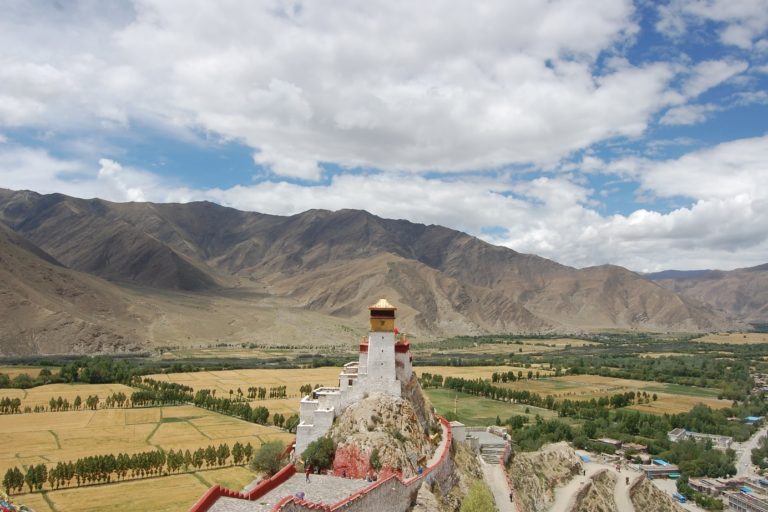
by Emanuela Garatti, co-doctoral candidate EPHE (Paris) and LMU (Munich); lecturer at INALCO.
When one studies the history of the Tibetan Empire (circa 620-850 AD), one would face, it is said, a cruel lack of sources. Yet, a variety of documents are presented to the historian who is engaged in research on this period of Tibetan history: Tibetan manuscripts found in the “Library Grotto” at the Mogao site in Dunhuang, the imperial epigraphic documents still found today in central Tibet and the archaeological sites of the imperial period south of Lhasa, in the Tibetan province of Amdo (now Qinghai Province of China).
The purpose of this presentation is to examine these different types of sources and, considering their particular characteristics, to show how they can be exploited to illuminate the Tibetan imperial history. In particular, this presentation proposes to show how the crossing between different historical documents and their setting in perspective with respect to external sources, in particular Chinese ones, makes it possible to detect certain fundamental features of the culture and the politics of the Tibetan imperial court and its external relations.

